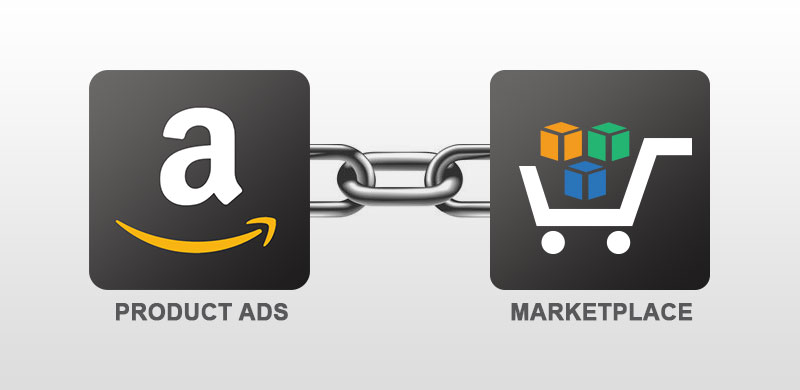
Amazon Product Ads and Marketplace Listings Aren’t So Different Anymore
With the news earlier this year that Amazon Product Ads may appear on listing pages with Amazon Marketplace Listings, retailers now have a far more prominent arena to connect to customers.
Until now, the main source of service for Amazon Product Ads has been in those far-from-prominent “Product Ads from External Websites” sections on product pages. The issue with these sections is that they required users to scroll down the page … several times.
But with this new approach Amazon is taking, your Product Ads will possible gain far more visibility and traction. In fact, Product Ads might even get their very own product page, if a Marketplace Listing for that item doesn’t exist.
This gives non-marketplace merchants far more exposure than ever before. Amazon’s Product Ads program is a lot like Google Shopping, because it takes customers to a seller’s site, and not kept on Amazon. Listing on Product Ads is typically much easier for a retailer than listing on the marketplace.
Amazon allowing their Product Ads to play in the same sandbox as Marketplace Listings is just about the same as having Google display their paid text ads next to organic results (which helps to blur the lines of what is, and isn’t, an ad).
This change in placement should benefit consumers (who will have easier access to buying options) and to retailers (who gain more exposure on a monster eCommerce site such as Amazon).
What Makes Product Ads Different From Marketplace Listings?
One of the biggest differences between these two services is that Marketplace Listing purchases occur completely on Amazon, using the Amazon cart, whereas Product Ads take shoppers to the seller’s site. It makes sense why Amazon once gave Marketplace Listings a far more prominent real estate section. It also emphasizes the “wow” factor of their choosing to allow Product Ads to share in the same real estate, thus making both ads essentially equal.
The other difference between the two services is how retailers are charged. Marketplace sellers are charged on a percentage-based commission after a purchase is made, whereas with Product Ads, ads are paid on a cost-per-click basis, even if that click doesn’t lead to a purchase.
What Does This Change Mean To You?
Being able to make your Product Ads appear alongside Amazon’s Marketplace Listings is a very big deal. If you design your site and landing pages correctly, then consumers who are sent to your site (once they click on the now-prominently displayed Product Ads), will be more likely to become loyal customers and purchase more products. By creating a user-friendly experience that pushes your brand and speaks to your visitors, you can establish a steady stream of revenue, thanks to this new approach by Amazon.
But how can you make sure your site and landing pages are designed appropriately? OperationROI can help. We work with you to determine your proper voice and branding, while also making sure your pages connect to your consumers regardless of where they are in the buy cycle. Contact us today at 1-888-277-5429 or fill out our contact form to find out how we can help you optimize not only your Product Ads, but your personal site as well.






